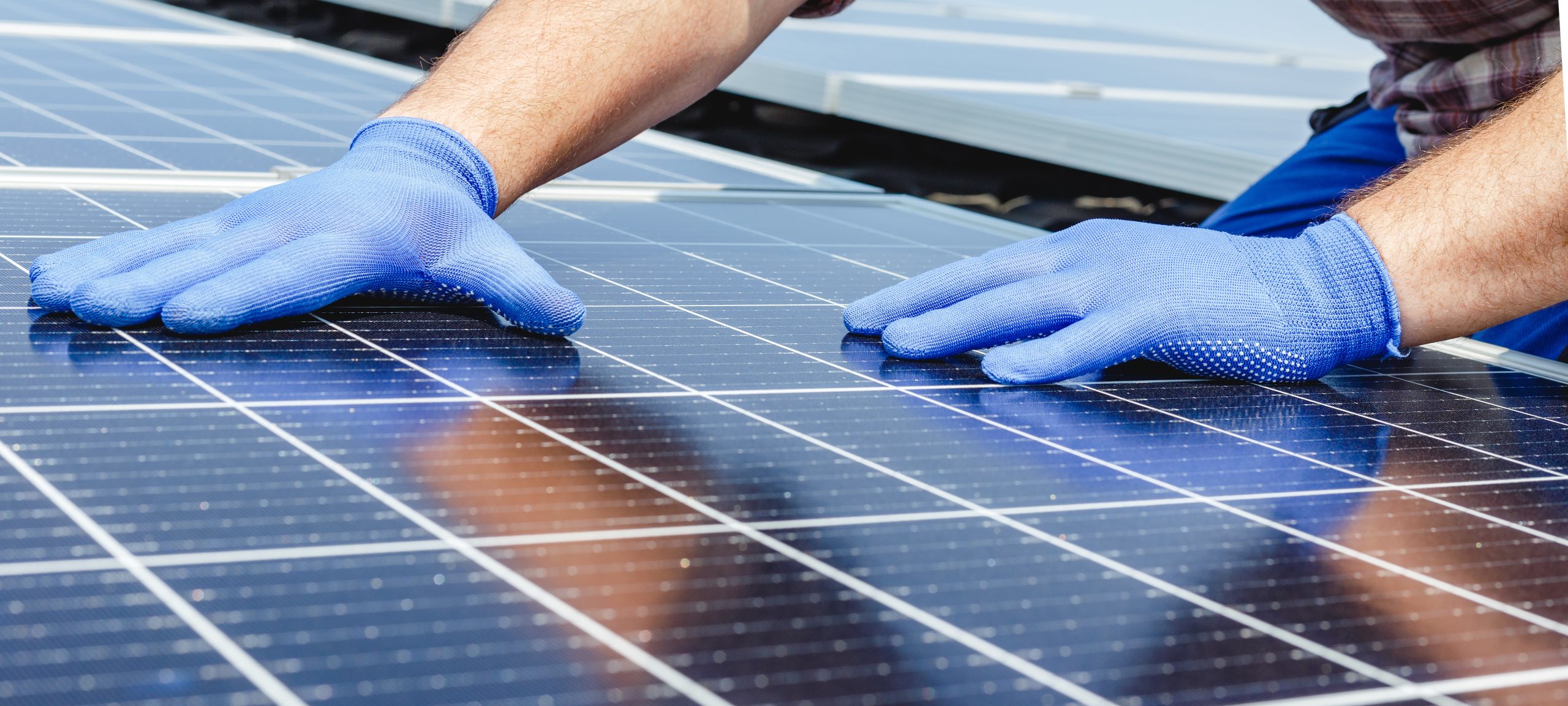These Efficiency Breakthroughs Could Greatly Harness Solar Energy

Scientists from Ludwig Maximilian University (LMU) have recently unveiled a significant advancement in their efforts to enhance the efficiency of harnessing solar energy.
Professor Emiliano Cortés, a prominent figure in experimental physics and energy conversion at LMU, along with Dr. Matías Herrán, a postdoctoral researcher at the Fritz Haber Institute of the Max Planck Society, explored the realm of nanotechnology to create cutting-edge nanostructures with the potential to transform the utilization of solar energy.
In a statement issued, Cortés emphasized the core challenges they face in capturing sunlight: “Sunlight arrives on Earth ‘diluted,’ so the energy per area is comparatively low.” Traditional solar panels tackle this by covering extensive surfaces.
Nevertheless, Cortés and his team are adopting a distinct strategy. In a recent article featured in the journal Nature Catalysis, they unveiled a two-dimensional supercrystal that not only sets new records but also presents a promising resolution to the challenge of energy dilution.
The crux of the team’s innovation rests in plasmonic nanostructures, functioning as tiny magnets that focus and concentrate solar energy. To capture and utilize this concentrated energy, they collaborated with researchers from the University of Hamburg.
“We first create particles in the range of 100-200 nanometers from a plasmonic metal— which in our case is gold,” explained Herrán. “At this scale, visible light interacts very strongly with the electrons of gold, causing them to oscillate resonantly.”

